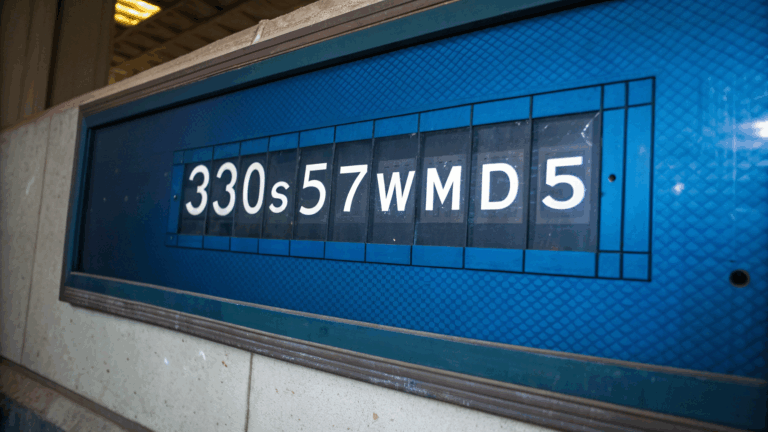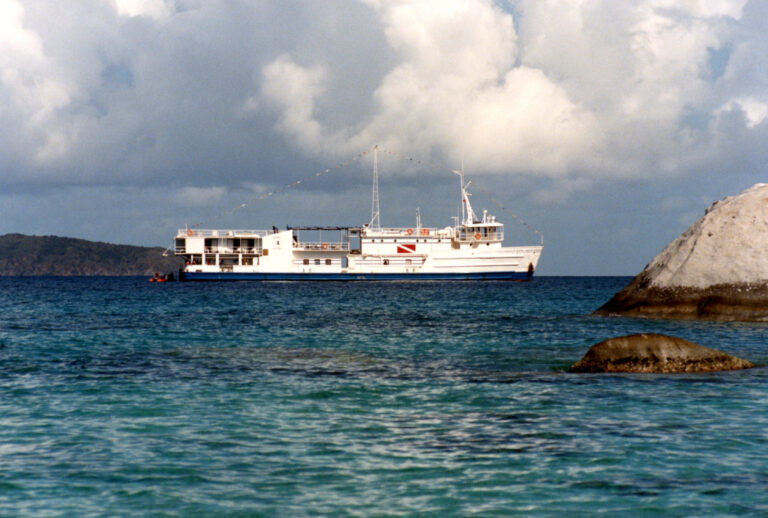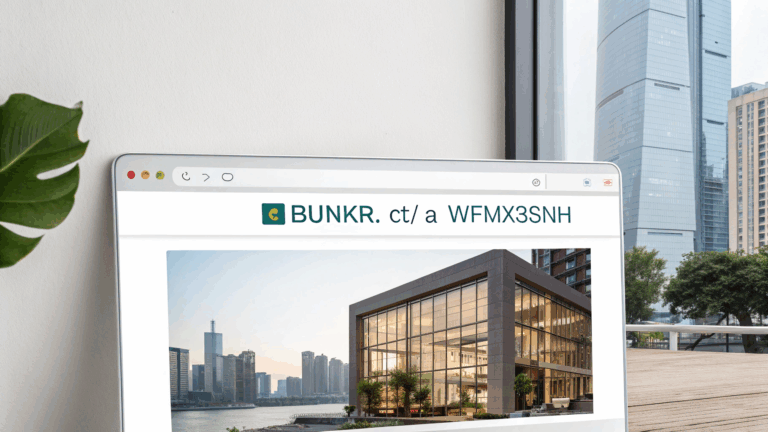In today’s world of Android smartphones, users often come across strange-looking file paths like content://cz.mobilesoft.appblock.fileprovider/cache/blank.html. At first glance, this may seem confusing or even alarming.
However, it’s simply a part of how Android handles file access and privacy, especially when dealing with apps like AppBlock, a popular productivity and focus enhancer. This article explores what this content path means, why it appears, and how it works within the broader Android system.
We’ll explain everything in simple words—no technical background needed. Whether you’re a curious user, a developer, or just someone who stumbled upon this link, you’ll find answers here.
What Is AppBlock?
AppBlock is an Android app designed to help users stay focused by blocking access to distracting applications or websites. It works by setting schedules, usage limits, and temporary app restrictions. AppBlock also uses internal caching to store temporary files or webpage previews, such as blank.html, which plays a key role in redirection or blocking features.
What Does content:// Mean in Android?
The content:// scheme is used in Android to access data from a ContentProvider, a component that allows one app to access data from another securely. It’s different from regular file paths like /sdcard/Downloads, and it’s used to maintain user privacy and data isolation between apps.
Breaking Down the Full Path
The full path content://cz.mobilesoft.appblock.fileprovider/cache/blank.html consists of several parts:
content://— scheme indicating content from a ContentProvidercz.mobilesoft.appblock— the app’s package namefileprovider— a secure way to expose filescache/blank.html— the file stored in app cache
Each part tells something about where the file is and how it is being accessed.
What Is FileProvider?
A FileProvider is an Android component that lets an app share files with other apps in a secure way. Instead of exposing direct file paths (which can be risky), FileProvider uses content:// URIs to give temporary, controlled access. This is especially useful when opening a file in a web view, sending a file to another app, or previewing blocked content.
Purpose of blank.html in AppBlock
The file blank.html is often a placeholder used by AppBlock when it needs to block a webpage or replace it with an empty, non-distracting screen. This helps in ensuring that the user is not able to open certain websites during focused time. The blank page acts as a distraction shield.
What Is Cache in Android?
Cache refers to temporary files stored by apps to make things faster. For example, when AppBlock blocks a site, it might store blank.html in the cache folder to quickly display it again later without reloading or reprocessing it. Cache helps apps save time and battery.
Why Are You Seeing This Path?
If you are seeing this path in logs, app data, or a browser window, it means AppBlock is trying to redirect or display a placeholder file (blank.html) from its cache. It may also appear if another app tries to open this cached file using the FileProvider.
Is It a Virus or Malware?
No, the path content://cz.mobilesoft.appblock.fileprovider/cache/blank.html is not a virus or malware. It is simply a reference to a cached HTML file used by AppBlock for blocking or redirection purposes. However, if you are not using AppBlock and still see this path, it might be worth investigating further.
How to Stop It from Appearing
To stop this path from being accessed or appearing:
- Check AppBlock settings and disable unwanted features
- Clear the app’s cache
- Uninstall AppBlock if no longer needed
- Review permissions granted to AppBlock
This ensures the app doesn’t interfere with your browsing experience unnecessarily.
How AppBlock Uses FileProvider for Safe File Access
AppBlock uses the FileProvider mechanism to serve local files like blank.html in a secure way. This ensures that even if another app wants to display blocked content, it can only access the file through controlled permissions. Without FileProvider, exposing internal app files would be risky and potentially compromise user privacy.
Why Is blank.html Stored in the Cache Folder?
Storing blank.html in the cache folder is intentional. Cache folders are meant for temporary files that the app can delete when storage runs low. Since blank.html is just a placeholder and not critical data, it’s the perfect candidate for this location. It ensures fast access while conserving system resources.
How AppBlock Replaces Content with blank.html
When AppBlock blocks a website, it doesn’t just prevent access—it often replaces the webpage with blank.html. This avoids browser errors or “page not found” messages. Instead, the user sees a clean, empty screen, which is less likely to distract or frustrate them during focus sessions.
Is It Safe to Share content:// URIs?
Generally, sharing content:// URIs like content://cz.mobilesoft.appblock.fileprovider/cache/blank.html is safe if permissions are handled correctly. Android restricts access using permission grants. However, exposing such URIs publicly can still be risky, especially if the file contains sensitive information.
Can Other Apps Access blank.html?
Other apps cannot access blank.html directly unless AppBlock explicitly allows it. Android enforces sandboxing, meaning each app’s files are isolated. FileProvider creates a controlled access point, but only if proper permissions are in place. Without them, access will be denied by the system.
When Might You See blank.html in Logs?
You might notice this path in browser history, error logs, or developer consoles when AppBlock attempts to intercept or reroute access. For developers testing apps with AppBlock installed, this path can appear when testing WebView or file access functions.
How to Clear AppBlock Cache
To remove files like blank.html, follow these steps:
- Go to Settings > Apps > AppBlock
- Tap Storage & cache
- Tap Clear Cache
This will remove all temporary files, including any placeholder pages, and can help reset the app’s behavior.
How to Access content:// URIs Manually
Normally, users cannot open content:// links directly in browsers. They are meant for apps. Developers can access them using Android code, such as with a ContentResolver. Trying to open one in Chrome, for example, will return an error or do nothing.
Role of WebView in Displaying blank.html
AppBlock may use Android’s WebView to display blank.html inside the app or as part of its blocking mechanism. WebView lets Android apps display HTML content natively. This helps AppBlock simulate a “website block” without needing an external browser.
Android Security Behind FileProvider
FileProvider is part of Android’s effort to protect user data. It ensures:
- Apps can’t access each other’s files by default
- File sharing uses secure, time-limited URIs
- Developers avoid exposing file paths like
/data/data/
This system is why you see complex links like content://cz.mobilesoft.appblock.fileprovider/cache/blank.html instead of a direct file path.
Can You Delete blank.html Manually?
You can’t usually delete blank.html manually unless your device is rooted. Since it’s stored in app-private cache, Android restricts access. The best method is using AppBlock’s built-in settings or clearing the cache via your device’s App Settings.
How AppBlock Improves Focus Using blank.html
blank.html is part of AppBlock’s broader strategy to eliminate distractions. By redirecting to a non-engaging blank page, it prevents you from consuming content that breaks your focus. This subtle yet effective method supports the app’s mission to enhance productivity.
What If content:// Link Opens Unexpectedly?
If a content:// link opens randomly, it could be due to a bug, incorrect file reference, or leftover cache. Though usually harmless, repeated unwanted behavior could suggest it’s time to reinstall AppBlock or clear app data.
Importance of Package Name: cz.mobilesoft.appblock
The prefix cz.mobilesoft.appblock refers to the app’s unique identity on the Play Store. This package name ensures that the content provider URI is recognized as belonging to AppBlock specifically, preventing conflicts with other apps.
AppBlock and Android Scoped Storage
Since Android 10+, Scoped Storage limits how apps access files. AppBlock uses FileProvider to comply with these new rules. blank.html is stored in cache and shared using content URIs, not absolute file paths, which ensures compatibility and privacy.
What Happens If You Disable FileProvider in AppBlock?
If AppBlock didn’t use FileProvider, it wouldn’t be able to serve local HTML files like blank.html securely. The app would risk exposing sensitive directories or simply fail to display the block screen properly. Disabling FileProvider is not an option—it’s a built-in part of the app’s secure file handling strategy.
How blank.html Affects Battery and Performance
Since blank.html is a lightweight HTML file with no images, scripts, or heavy data, it has zero impact on your battery or device performance. In fact, using this minimal page helps AppBlock conserve resources when replacing distracting web pages.
Can blank.html Be Used by Hackers?
On its own, blank.html is harmless. It’s a blank page with no executable content. However, if an attacker could somehow manipulate FileProvider permissions (which is rare on non-rooted devices), they might access app files. But this risk is very low, especially on updated Android systems.
FileProvider vs Direct File Access
Direct file access uses absolute paths like /data/data/..., which are unsafe and not allowed by modern Android versions. FileProvider offers indirect, permission-controlled access using content:// URIs, making it ideal for sharing temporary content like blank.html between system components or apps.
Why Is It Called blank.html?
The filename blank.html is intentionally simple. It suggests the file contains no content—just a white screen or an empty HTML page. This naming convention is common in apps that use placeholder files, block screens, or loading templates.
How Developers Can Use Similar Techniques
Developers building apps with focus or parental control features can take inspiration from AppBlock. By using WebView, blank.html, and FileProvider, they can replace or restrict content smoothly without triggering errors. It’s a clean and user-friendly approach to content blocking.
AppBlock’s Role in Digital Wellbeing
AppBlock isn’t just a blocking tool—it supports digital wellbeing. The presence of blank.html is part of a larger system helping users avoid burnout, reduce screen time, and stay productive by avoiding time-wasting apps and websites.
How to Confirm What File Is Being Accessed
If you’re a developer or advanced user, you can monitor file access using logcat or file trackers. Searching for content://cz.mobilesoft.appblock.fileprovider/cache/blank.html in logs confirms when and how the file is being invoked—usually during web blocking events.
How Often Does AppBlock Refresh blank.html?
AppBlock doesn’t usually refresh or update blank.html unless it’s deleted or the cache is cleared. Since the file is static and very lightweight, it stays in the cache folder for long durations, reused every time a site is blocked.
Can You Customize blank.html?
By default, users cannot modify blank.html, as it’s stored in the app’s private cache. Advanced users with root access or developers modifying AppBlock’s source code could technically replace it with a custom HTML page—but this is not supported in the standard app.
AppBlock vs Other Productivity Apps (In Terms of File Handling)
Apps like Stay Focused, Forest, and Focus To-Do use different mechanisms, often cloud-based or timer-based. AppBlock stands out for using local file blocking and in-app HTML redirection (blank.html) through FileProvider, providing more immediate and offline-friendly blocking.
How to Report Issues Related to blank.html
If you’re experiencing issues like blank.html showing up at the wrong time, freezing apps, or crashing, you can:
- Report the bug in AppBlock’s feedback section
- Send a screenshot of the error
- Mention the path
content://cz.mobilesoft.appblock.fileprovider/cache/blank.htmlfor better support response
Final Thoughts on the URI
The URI content://cz.mobilesoft.appblock.fileprovider/cache/blank.html is not a bug, error, or malware. It’s a normal part of how Android apps like AppBlock operate securely and efficiently. Understanding its role gives users more confidence in using privacy-focused productivity apps.
Conclusion
The content path content://cz.mobilesoft.appblock.fileprovider/cache/blank.html may seem technical or even alarming at first sight, but it’s simply a secure and efficient way AppBlock uses Android’s system to manage focus and productivity. Whether it’s redirecting users to a blank page during a block or storing lightweight files in the cache, this setup is designed with performance, privacy, and user experience in mind. Instead of worrying, understanding how this system works helps you appreciate how Android apps keep your data secure while also promoting digital wellbeing.
FAQs
What is content://cz.mobilesoft.appblock.fileprovider/cache/blank.html?
It’s a content URI used by AppBlock to display a blank HTML page for blocking purposes.
Is it safe to see this URI in my phone?
Yes, it’s safe and part of AppBlock’s internal file access system.
Can I delete blank.html?
Only by clearing AppBlock’s cache from your phone’s settings.
Does this URI affect my phone’s speed or battery?
No, it’s a very lightweight file and doesn’t impact performance.
Why does AppBlock use FileProvider instead of direct paths?
To ensure secure file sharing without exposing private directories.



















+ There are no comments
Add yours